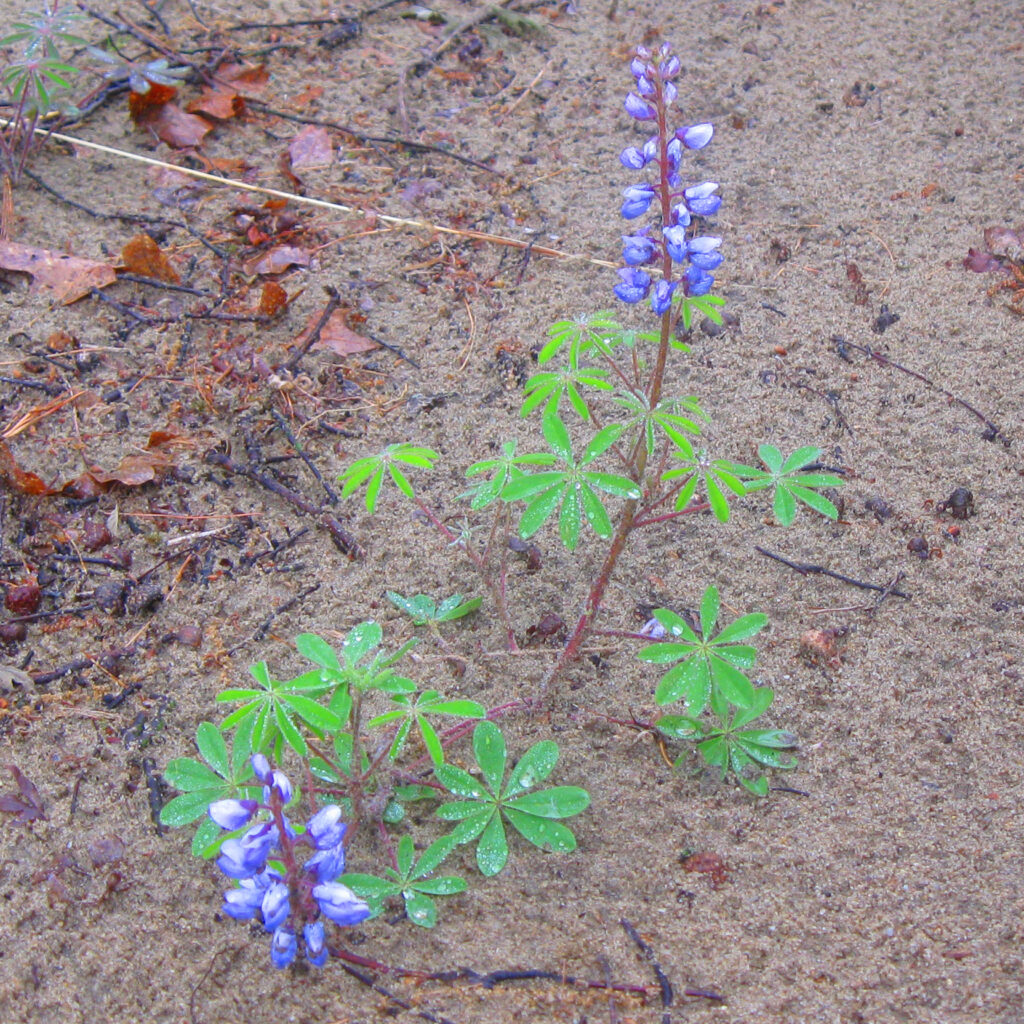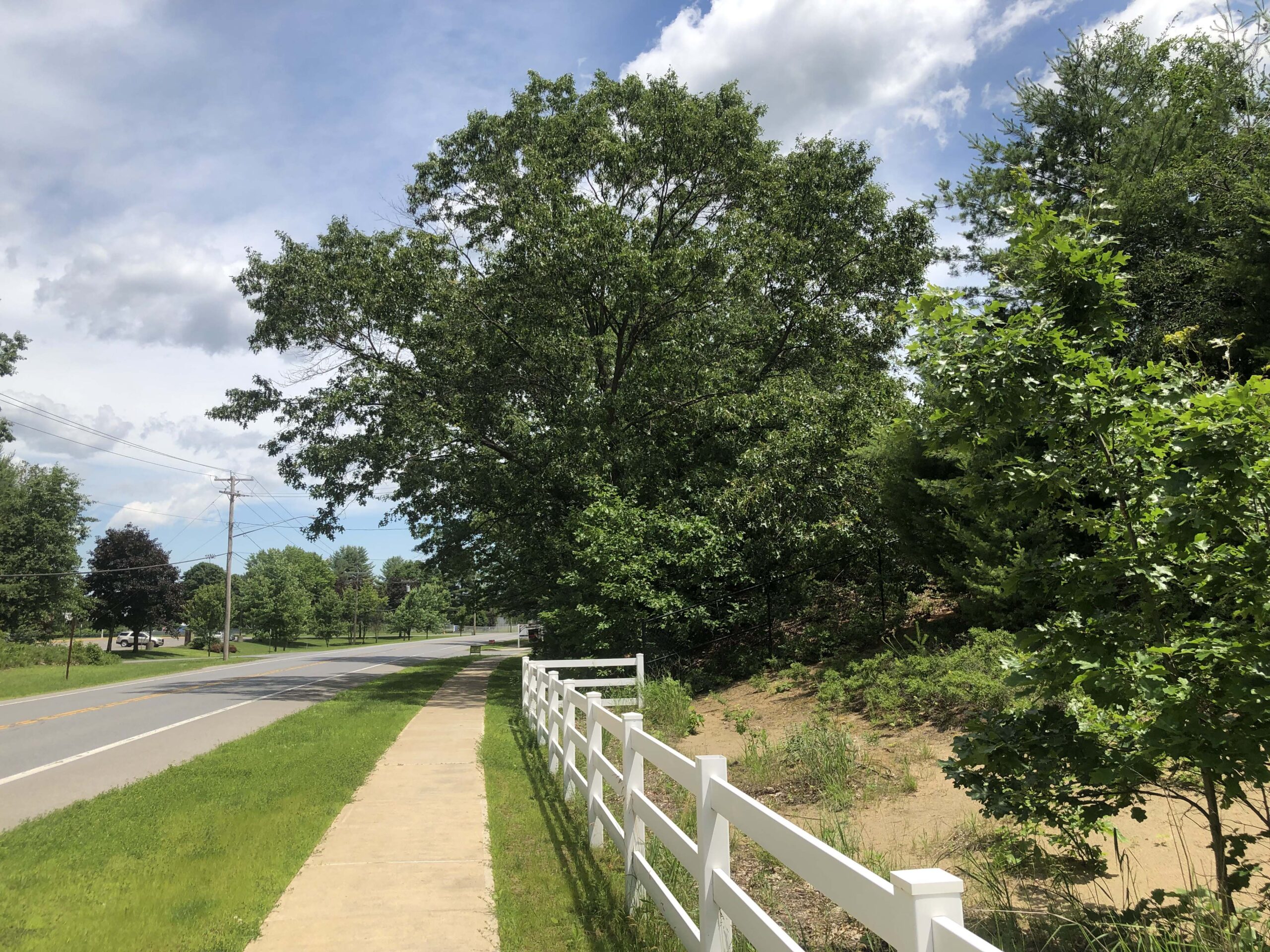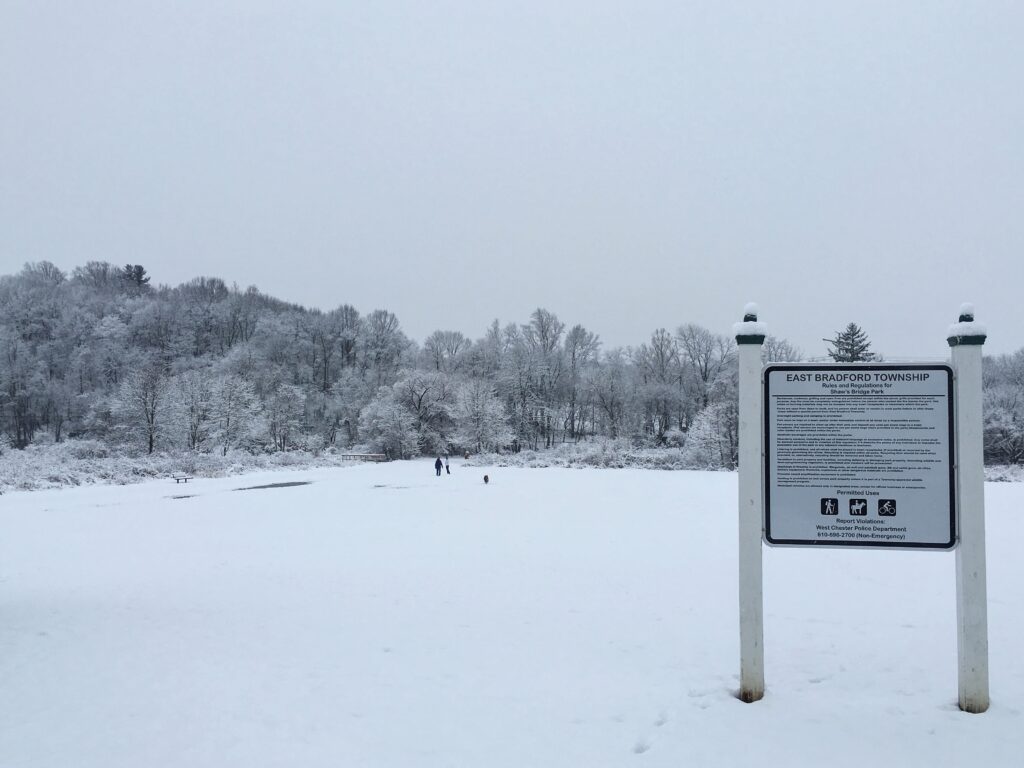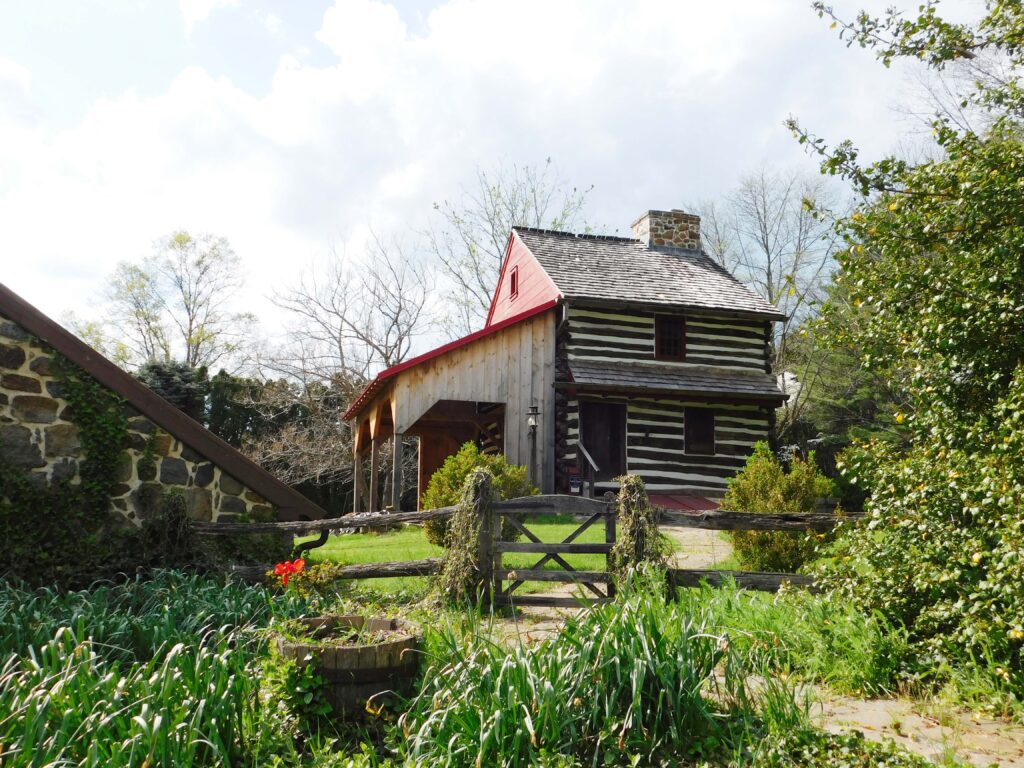THE GROUP EFFORT TO PRESERVE THIS ENDANGERED BUTTERFLY’S HABITAT IN SARATOGA SPRINGS, NEW YORK
May is the ultimate celebration of the spring season; many of us are in the garden getting our hands dirty, the birds wake us up every morning with their melodic tunes, and flowers are bursting with color. In Saratoga Springs, New York, there’s one flower that blooms this time of year that stands out from the rest: wild lupine. Painted in shades of blue, this wildflower is valued by humans for its beauty, but it serves a greater purpose as the only life source for the larvae of the endangered Karner blue butterfly.
The Karner blue butterfly’s life cycle is tied to that of the lupine. During mid-April, the lupine sprouts from rhizomes to form clumps of flowering stalks, and around the same time, the first brood of Karner blue butterfly begins to hatch from eggs laid the previous year. Tiny larvae emerge and begin their journey, crawling up the lupine stems to feed on fresh leaves before they pupate and enter the chrysalis phase to ultimately emerge in their final form; the males are silvery or dark blue with black edging on their wings, and the females are grayish brown to blue with irregular bands of orange crescents appearing on the edge of their wings. This first generation of butterfly mates and lays their eggs in June on the sandy soils near the lupine plant, and the process begins again, resulting in a second generation of butterflies appearing in July that lays their eggs, prepping for the next year.
Sadly, this beautiful butterfly was listed on the endangered species list in 1992 due to habitat loss as a result of human activities including development, agriculture, urbanization and natural fire suppression. In fact, the butterfly is virtually extinct in its former habitat of New York City and Chicago, and all the more dependent upon the preservation of dry sandy areas with open woods and clearings — specifically in pitch pine or scrub oak communities that support wild lupine growth — to guarantee its survival.

One such habitat – a large sand dune leftover from the Ice Ages — can be found in the middle of the Beaver Pond Village neighborhood and bordering the Geyser Crest neighborhood in Saratoga Springs, New York. Not understanding its unique significance, families living in this area used to help themselves to the sand, bringing home buckets to fill up their children’s sandboxes. The final straw, according to Molly Gagné — President and founder of the Southwest Neighborhood Association of Saratoga Springs, NY (SWNA) — was when people began trespassing on the dune with their all-terrain vehicles. “Our neighborhood dune, shaped by wind and rain, was now torn and deeply rutted. Neighbors were in disbelief. We could simply watch, or we could do something.”
“Do something” was the only answer. Molly gathered a group of volunteers and fence materials totaling $422, and led the effort to install a fence around this unique topographic feature. In doing so, they protected Karner blue butterfly habitat. “It’s apparent that our wishes for conservation of our neighborhood prehistoric dune resonated with developers of Beaver Pond Village, the City Council members, New York Department of Environmental Conservation (DEC) and NALT to establish a conservation easement,” Molly said. “And then to find out that we preserved a habitat link for the endangered Karner blue butterfly! That’s quite a bonus.”
In 2005, after identifying this sand dune as Karner blue butterfly habitat, the U.S. Fish and Wildlife Service created a Conservation Plan to protect and properly manage these habitats. Working with NALT, they developed a proposed plan of “cluster and conservation subdivision techniques” that minimized and avoided development impacts on wetland and wildlife habitats. The land was owned by a local development company with the intent to transfer it to the future HOA, and NALT served to hold the Conservation Easement on these puzzle pieces of sensitive land, forever protecting habitat totaling 162 acres, including a designated 3.5-acre butterfly preserve. Since then, the effort to protect this butterfly species has expanded to the local community and beyond.
With the neighborhood elementary school located just across the street from the protected dune, the unique geological feature in the neighborhood has since become an obvious teaching opportunity. Discussions at an SWNA meeting sparked the proposal for creating an interpretive sign.
Every step in the planning process and installation of the sign was reviewed and approved by SWNA Board Members, while Beaver Pond Village Board members worked with Spinnaker USA Management, LLC to approve the use of a small parcel of land to erect the sign.
Additionally, the group collaborated with Skidmore College Department of Geosciences Professor Amy Frappier and her students Paul Machabee and Simone Rothberg who worked on the sign concept and content, while students Katie Garafalo and Brandon Wilson Radcliffe developed a curriculum and co-taught Ms. Caddell’s fourth grade classes on ecosystems, habitats, weathering and erosion at Geyser Road Elementary School.
Drew Monthie, photographer with Star Flower Studio NY, was another key partner in this project. He provided flora, fauna and landscape photography and ecologic consulting for the sign. Also involved are SWNA’s corporate good neighbors: Ball Manufacturing, who sponsored roadside cleanup events and donated to SWNA projects annually, and Saratoga Eagle who hosted SWNA meetings where members were updated on the progress and the making of the sign.
After months of planning, the sign was unveiled in November of 2020. It is located within easy walking distance from Geyser Road Elementary school along the Safe Routes to School sidewalk, and is across from the new Geyser Road Trail, that connects the southwest neighborhoods of Saratoga Springs with Saratoga Spa State Park at one end and the Town of Milton at the other.
But this SWNA neighborhood initiative is just one piece of the bigger conservation picture in and around Saratoga Springs. Casey Holzworth, Regional Biologist at New York State Parks Saratoga Capital District explains, “The Beaver Pond Karner Blue Butterfly Area, combined with multiple other similar sites,” are together taking action to assist in the recovery of this species in New York State. “A lot of people at a lot of different levels see the vision and share the vision.”
Wilton Wildlife Preserve and Park, a part of the New York State-owned Saratoga Sandplains Wildlife Management Area in the neighboring town of Wilton, might be the best place in Saratoga County to observe this tiny endangered species. Margo Olsen, Executive Director and Tori Herkalo, Environmental Educator and Education Coordinator of Wilton Wildlife Preserve and Park, explains the Karner blue butterfly’s habitat protection efforts are a continued focus; New York State Department of Environmental Conservation (DEC) is actively managing this larger, greater effort. “It’s super important, all of these efforts and the statewide, coordinated work, which is collaborative across agencies,” Margo commented.
The City of Saratoga Springs continues to do what it can to support this small endangered butterfly; students learn about the sand dune in their fourth grade class, there are ideas to restore the wild lupine in this area to add to the unique character of this region, and Molly encourages SWNA members to participate in the city’s Open Space Plan Update to have a say in how they want their area to be developed. After all, one voice might be the difference this endangered butterfly species needs to survive.
-By Annie Anzaroot and Monica McQuail



